Instruction
How increasing mobility can help your golf swing
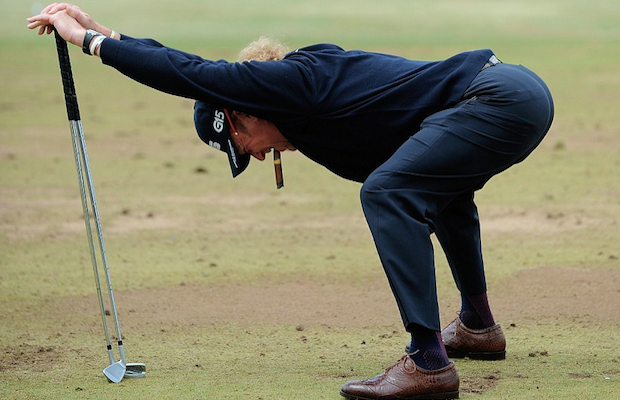
How do you increase consistency and accuracy through mobility?
OK, you are doing the lessons, you have great clubs and you are engaging in golf fitness; the trinity of going low for a round of golf. But if you miss one of the most important keys to unlocking the ability to utilize all of this hard work, then your back to square one. So what are the keys that unlock your potential?
The primary foundational key is “mobility.” One of the biggest problems that I see before a round of golf is that most golfers jump out of the car and go straight to the range hitting balls at 100 percent full speed. Better yet, they’re running late so it’s off to the first tee box in hopes of hitting it straight down the pipeline. But what they end up with is a block, pull, slice or hook. But rarely in the fairway with the distance they want.
Then, following a first-hole double-bogey, the golfer proclaims “I’m just warming up.”
Mobility is a foundational key that unlocks the potential for consistency, accuracy and distance. Performing movement patterns centered on joints that are designed to be mobile, you will able to move efficiently, or as we commonly say, “get through the ball.”
You will be able to maximize your full potential because you’ll have full range of motion. If the range of motion is limited, then you start to compensate and use other parts of the body to do the work that its not intended to do. Hence wayward shots and possibly injury.
To locate those mobile joints, we will refer to the joint-by-joint approach of the mobility-stability chart in figure A.
As we can see, the mobile sites are Ankle, Hips, T-Spine, Neck, Shoulder and Wrist. When these sites have limited range of motion, we will compromise and start to use the stable sites to perform mobility work. This is how we get the injuries in the knees, lower back, upper back and the elbow. When the mobile joints have the capacity to move within a full range of motion, the stability joints can do their job, resulting in consistency and accuracy.
Mobility is the foundation that needs to occur first to increase improvement.
“Mobility before stability, stability before movement, movement before strength,” says Gray Cook, Titleist Performance Institute Advisor and founder of Functional Movement Systems.
To understand mobility during a golf swing, we need to understand the range of motion needed to be efficient. Utilizing TPI screening, we have the required ranges needed.
- Ankle: Plantar flexion (pointing toes down) 0-50 degrees, Dorsiflexion (pointing toes up) 0-20. This will allow an efficient lateral push from trail to forward foot with feet planted firmly on ground at impact.
- Hips: Rotate greater than or equal to 45 degrees in both directions. This will provide good spine mobility, as well as the ability to generate speed and separation between lower body and upper body.
- Torso: Shoulders that can rotate freely without hips moving, provides proper sequencing in the backswing to generate good separation and coil.
- Neck: Head rotates 90 degrees left and right and can lower so that chin touches mid-collar bone, which creates good neck mobility. This allows the ability to control head movement in backswing and downswing.
- Shoulders: Arm can rotate backwards more than 90 degrees when standing, and in golf posture. Good shoulder mobility allows the golfer to create proper arm positions at top of swing and follow through.
- Wrist hinge: Can hinge up 20 degrees. Can hinge down 30 Degrees. Good wrist mobility is necessary for setting wrists in backswing and releasing wrists for power in downswing.
The average golfer has limited range of motion. This range is limited even more so because of inactivity and large amounts of time dedicated to sitting behind desks hunched over a computer. So when you go straight to full speed, hitting golf balls with limited mobility, you then breakdown the primary key to the foundation. Thus, compensation occurs and inconsistency becomes a factor during your round. As we look back at the pyramid, we can see that lack of mobility creates instability, which causes an uncontrolled movement and final it destroys the skill that we worked so hard to get. This is that day when you ask yourself, “what happened to my swing? I was hitting great the other day.”
During the season, spend more time on mobility movements to increase improvement. Here are a few exercises that you can do on a daily basis to help increase your range of motion.
Medicine Ball mobility: http://youtu.be/8jM3OA6v-TY
TRX Mobility: http://youtu.be/YRbUFwHTh6I
You can also visit this link for more exercises on mobility: http://www.golfperformancefitness.com/golf-fitness-professionals
Also, utilize this mobility warm up prior to hitting balls or play for 5-10 min. to increase range of motion. http://youtu.be/3sLMjjGQYds
- LIKE2
- LEGIT1
- WOW0
- LOL1
- IDHT0
- FLOP0
- OB0
- SHANK1
Instruction
Clement: Laid-off or perfect fade? Across-the-line or perfect draw?

Some call the image on the left laid off, but if you are hitting a fade, this could be a perfect backswing for it! Same for across the line for a draw! Stop racking your brain with perceived mistakes and simply match backswing to shot shape!
- LIKE0
- LEGIT0
- WOW0
- LOL0
- IDHT0
- FLOP0
- OB0
- SHANK0
Instruction
The Wedge Guy: The easiest-to-learn golf basic

My golf learning began with this simple fact – if you don’t have a fundamentally sound hold on the golf club, it is practically impossible for your body to execute a fundamentally sound golf swing. I’m still a big believer that the golf swing is much easier to execute if you begin with the proper hold on the club.
As you might imagine, I come into contact with hundreds of golfers of all skill levels. And it is very rare to see a good player with a bad hold on the golf club. There are some exceptions, for sure, but they are very few and very far between, and they typically have beat so many balls with their poor grip that they’ve found a way to work around it.
The reality of biophysics is that the body moves only in certain ways – and the particulars of the way you hold the golf club can totally prevent a sound swing motion that allows the club to release properly through the impact zone. The wonderful thing is that anyone can learn how to put a fundamentally sound hold on the golf club, and you can practice it anywhere your hands are not otherwise engaged, like watching TV or just sitting and relaxing.
Whether you prefer an overlap, interlock or full-finger (not baseball!) grip on the club, the same fundamentals apply. Here are the major grip faults I see most often, in the order of the frequency:
Mis-aligned hands
By this I mean that the palms of the two hands are not parallel to each other. Too many golfers have a weak left hand and strong right, or vice versa. The easiest way to learn how to hold the club with your palms aligned properly is to grip a plain wooden ruler or yardstick. It forces the hands to align properly and shows you how that feels. If you grip and re-grip a yardstick several times, then grip a club, you’ll see that the learning curve is almost immediate.
The position of the grip in the upper/left hand
I also observe many golfers who have the butt of the grip too far into the heel pad of the upper hand (the left hand for right-handed players). It’s amazing how much easier it is to release the club through the ball if even 1/4-1/2″ of the butt is beyond the left heel pad. Try this yourself to see what I mean. Swing the club freely with just your left hand and notice the difference in its release from when you hold it at the end of the grip, versus gripping down even a half inch.
To help you really understand how this works, go to the range and hit shots with your five-iron gripped down a full inch to make the club the same length as your seven-iron. You will probably see an amazing shot shape difference, and likely not see as much distance loss as you would expect.
Too much lower (right) hand on the club
It seems like almost all golfers of 8-10 handicap or higher have the club too far into the palm of the lower hand, because that feels “good” if you are trying to control the path of the clubhead to the ball. But the golf swing is not an effort to hit at the ball – it is a swing of the club. The proper hold on the club has the grip underneath the pad at the base of the fingers. This will likely feel “weak” to you — like you cannot control the club like that. EXACTLY. You should not be trying to control the club with your lower/master hand.
Gripping too tightly
Nearly all golfers hold the club too tightly, which tenses up the forearms and prevents a proper release of the club through impact. In order for the club to move back and through properly, you must feel that the club is controlled by the last three fingers of the upper hand, and the middle two fingers of the lower hand. If you engage your thumbs and forefingers in “holding” the club, the result will almost always be a grip that is too tight. Try this for yourself. Hold the club in your upper hand only, and squeeze firmly with just the last three fingers, with the forefinger and thumb off the club entirely. You have good control, but your forearms are not tense. Then begin to squeeze down with your thumb and forefinger and observe the tensing of the entire forearm. This is the way we are made, so the key to preventing tenseness in the arms is to hold the club very lightly with the “pinchers” — the thumbs and forefingers.
So, those are what I believe are the four fundamentals of a good grip. Anyone can learn them in their home or office very quickly. There is no easier way to improve your ball striking consistency and add distance than giving more attention to the way you hold the golf club.
More from the Wedge Guy
- The Wedge Guy: Golf mastery begins with your wedge game
- The Wedge Guy: Why golf is 20 times harder than brain surgery
- The Wedge Guy: Musings on the golf ball rollback
- LIKE86
- LEGIT13
- WOW6
- LOL1
- IDHT0
- FLOP4
- OB1
- SHANK8
Instruction
Clement: Stop ripping off your swing with this drill!

Not the dreaded headcover under the armpit drill! As if your body is defective and can’t function by itself! Have you seen how incredible the human machine is with all the incredible feats of agility all kinds of athletes are accomplishing? You think your body is so defective (the good Lord is laughing his head off at you) that it needs a headcover tucked under the armpit so you can swing like T-Rex?
- LIKE0
- LEGIT2
- WOW2
- LOL0
- IDHT0
- FLOP0
- OB0
- SHANK2
-

 19th Hole2 weeks ago
19th Hole2 weeks agoDave Portnoy places monstrous outright bet for the 2024 Masters
-

 19th Hole3 days ago
19th Hole3 days agoJustin Thomas on the equipment choice of Scottie Scheffler that he thinks is ‘weird’
-

 19th Hole2 weeks ago
19th Hole2 weeks agoTiger Woods arrives at 2024 Masters equipped with a putter that may surprise you
-

 19th Hole3 days ago
19th Hole3 days ago‘Absolutely crazy’ – Major champ lays into Patrick Cantlay over his decision on final hole of RBC Heritage
-

 19th Hole3 weeks ago
19th Hole3 weeks agoReport: Tiger Woods has ‘eliminated sex’ in preparation for the 2024 Masters
-

 19th Hole1 week ago
19th Hole1 week agoTwo star names reportedly blanked Jon Rahm all week at the Masters
-

 19th Hole1 week ago
19th Hole1 week agoReport: LIV Golf identifies latest star name they hope to sign to breakaway tour
-

 19th Hole1 week ago
19th Hole1 week agoNeal Shipley presser ends in awkward fashion after reporter claims Tiger handed him note on 8th fairway


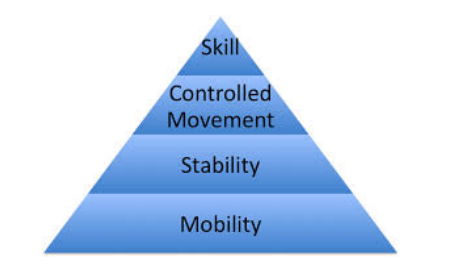


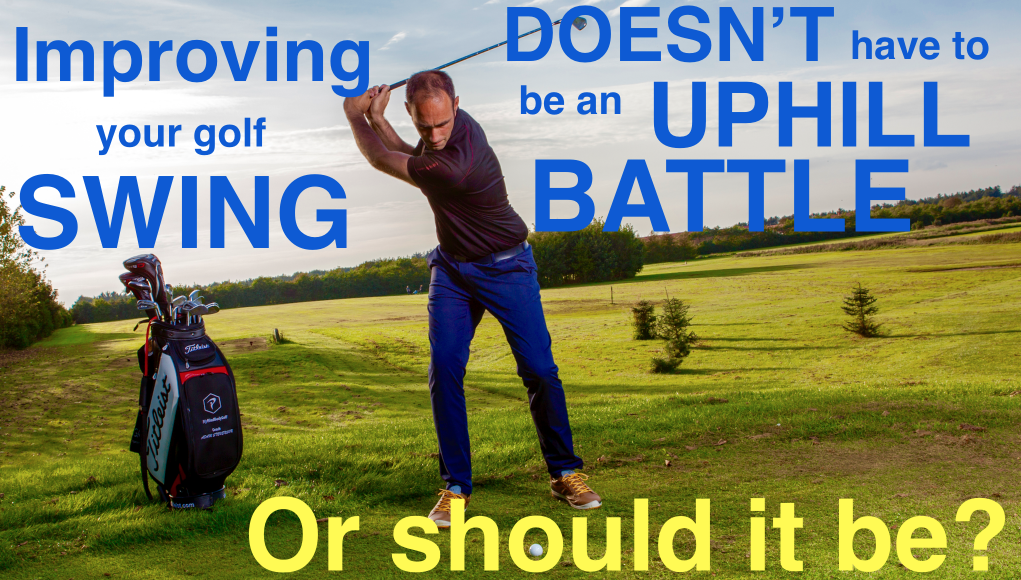
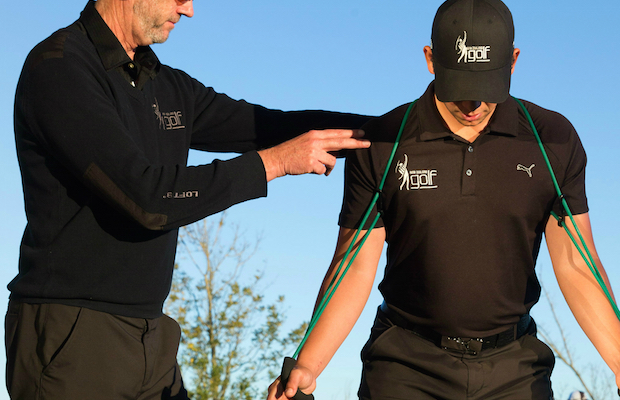
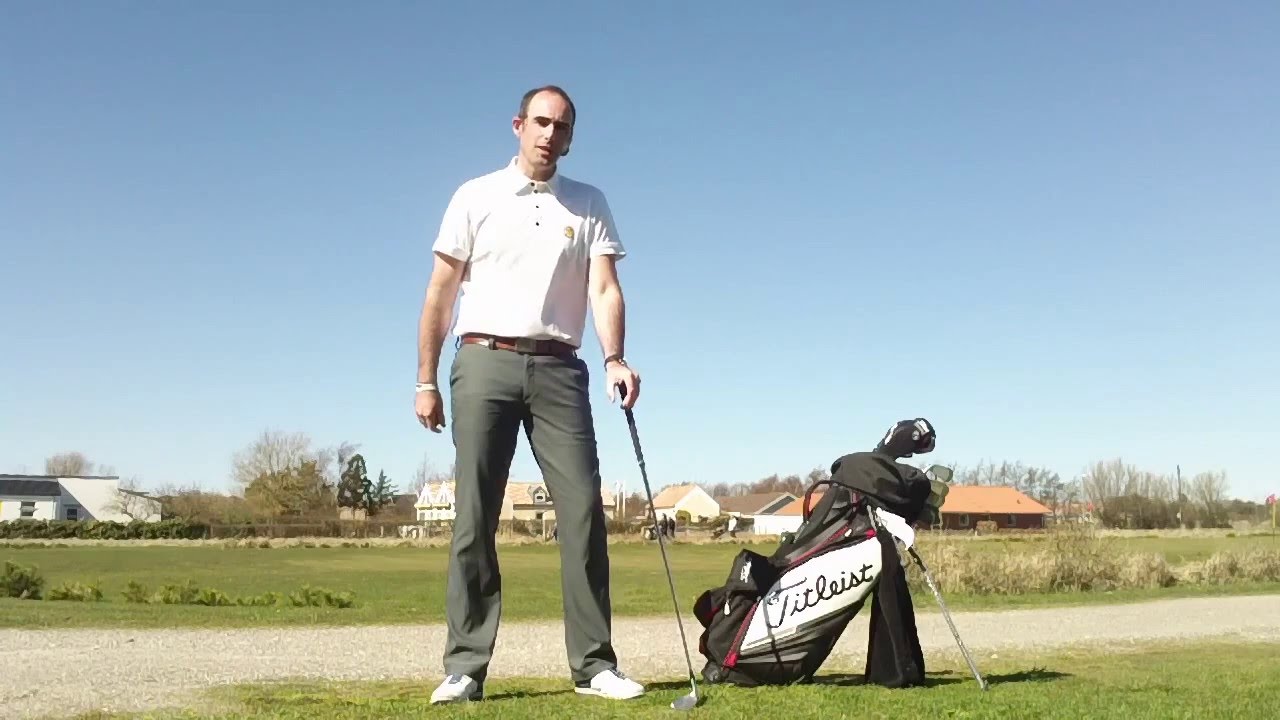
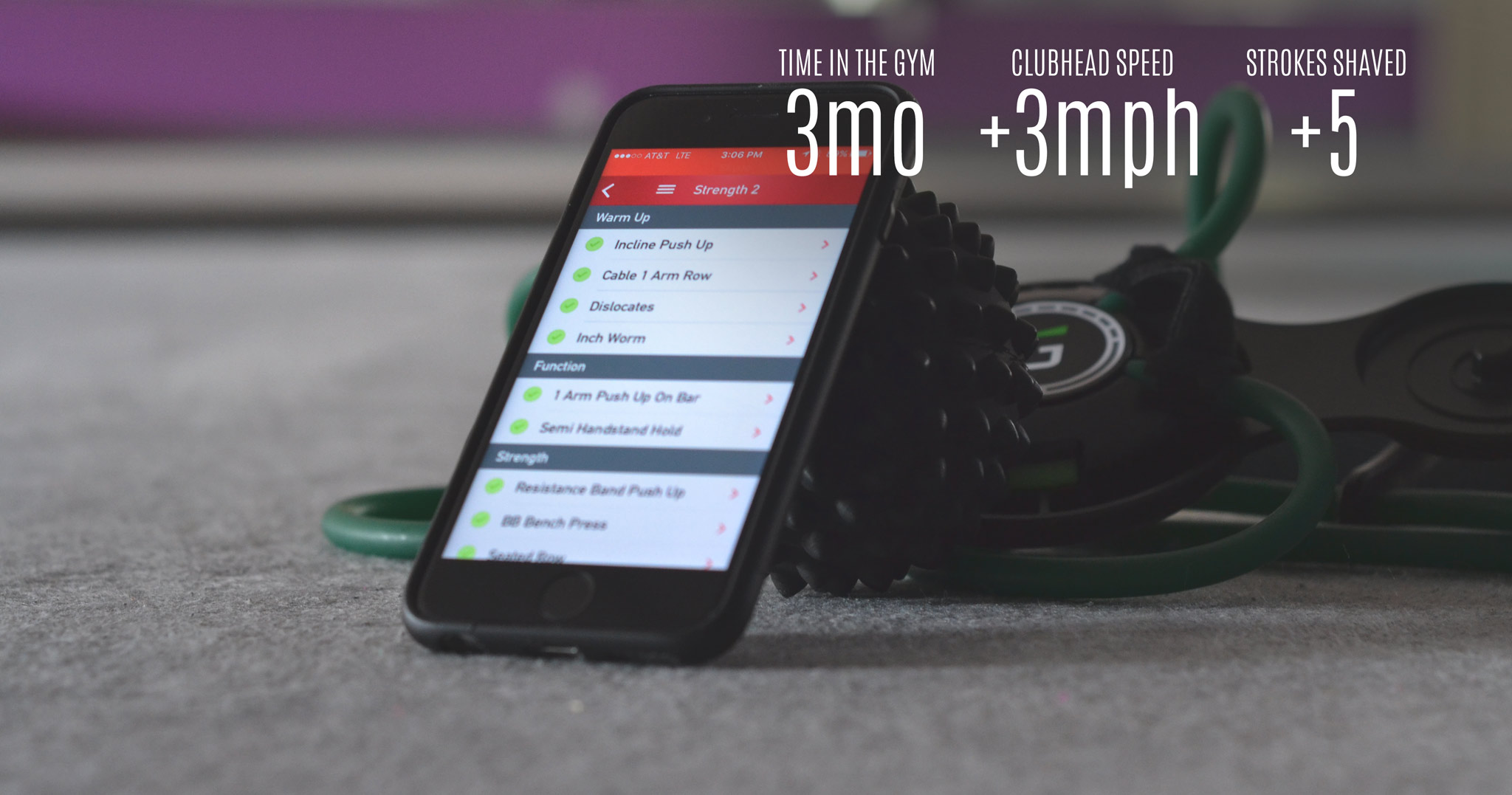
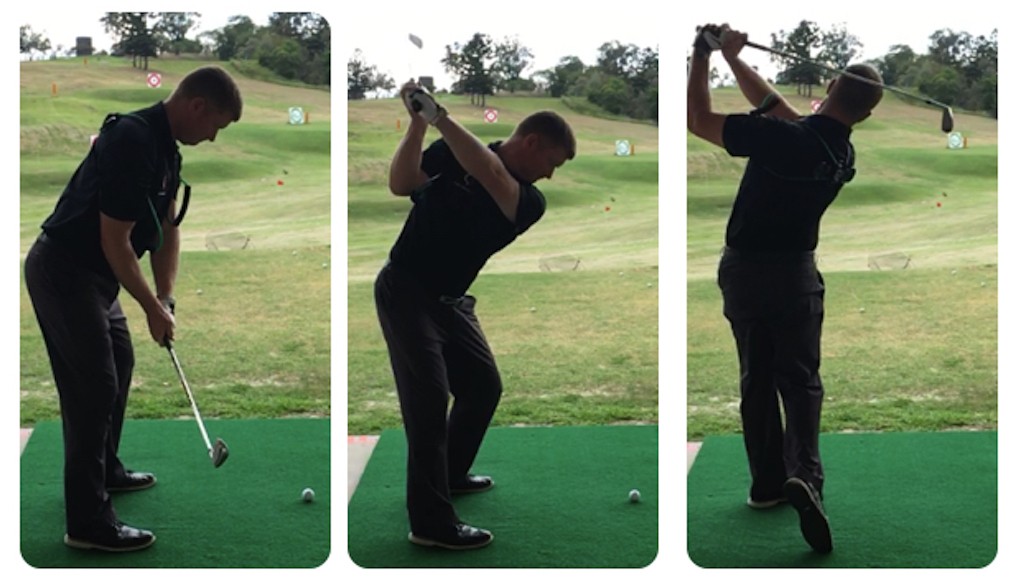
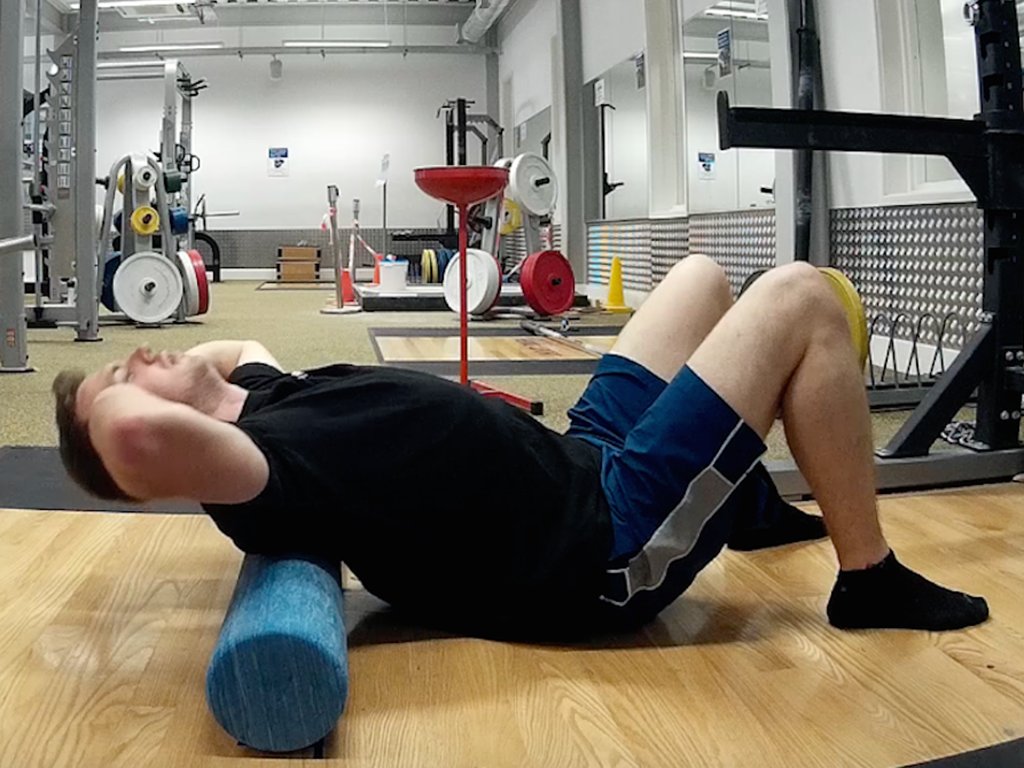












Pingback: Golf Mastery from Your Body’s 6 Mobile Zones - Golf Slot Machine
Pingback: Golf Mastery from Your Body’s 6 Mobile Zones
Louis
Aug 19, 2014 at 7:04 pm
Dave,
thanks for info. All tips are needed for this newbie. Looking forward to hitting the links.
P Davis
Aug 17, 2014 at 11:13 pm
i agree with K Sanford. good article
K. Sanford
Aug 16, 2014 at 4:43 pm
Very informative article. i now have a better understanding of how the LPGA Pros create distance and accuracy. When watching them swing, they have great mobility and stability.
Jack
Aug 16, 2014 at 4:33 pm
I agree 100%. The chart showing the pyramid from mobility to skills is very useful to show how a golfers skill level would breakdown when one of the chains in the pyramid breaks.
DR D
Aug 15, 2014 at 11:12 pm
very interesting and good article
mike
Aug 15, 2014 at 10:45 pm
if mobility is the foundation, where does stability fit in? i thought stability was the foundation.
Dave
Aug 15, 2014 at 11:15 pm
Good question Mike. The answer will come in the next installment to this series with the next article on stability. So stay tune. Thanks
Henry Lee
Aug 15, 2014 at 9:50 pm
Dave’s article has been a life saver for me. He takes the obvious and makes it practical and useful. Where have you been hiding Dave? Keep up the good work in order to continue making a difference!!!!
sam
Aug 15, 2014 at 2:20 pm
This is great information that all golfers can really apply. This will definitely stop the back injury that are so common. Keep it coming. Great article.
Dr. Troy
Aug 15, 2014 at 12:35 pm
Ive been trying to get my buddy to understand this principle for over a year and yet he wont listen…Stubborn as hell…Good article!
Joel
Aug 15, 2014 at 11:56 am
Great article. Right to the point
RAT
Aug 15, 2014 at 9:00 am
Great idea , like it ..
Sherman
Aug 14, 2014 at 11:02 pm
It’s amazing to see McILROY swing with control. But now I understand why. Thanks for the information. The videos are great as well. Will incorporate the exercises in my fitness program
Pingback: How increasing mobility can help your golf swing | Spacetimeandi.com
Yrrdead
Aug 14, 2014 at 8:12 pm
Nice article , will have this bookmarked.
Pingback: Increasing Your Mobility can Help Improve Your Golf Swing - I'd Rather Be Golfing
jeff
Aug 14, 2014 at 7:47 pm
This really helped me to understand that I need to use my lower body to start and create speed not my upper body. Thanks
Morris
Aug 14, 2014 at 7:41 pm
Great article. Keep them coming. Very informative